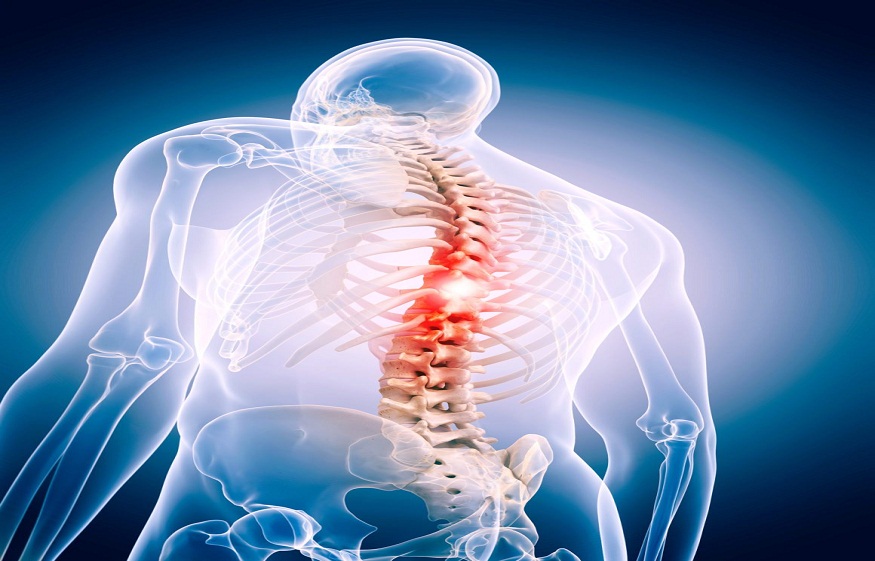Open spinal surgery, while effective in certain cases, often requires large incisions and can involve extended recovery time and an increased risk of complications for some patients. For patients with spinal issues like herniated discs, spinal stenosis or degenerative disc disease, there are now various alternatives to open spinal surgery that offer effective treatment with fewer side effects. Dr. Larry Davidson, an expert in spinal health, highlights that these alternative approacheshave the potential to provide patients with targeted relief while minimizing the impact on surrounding tissues.
Why Seek Alternatives to Open Spinal Surgery?
Open spinal surgery often requires a large incision and may involve substantial muscle and tissue disruption, which could lead to longer recovery times, increased pain and a higher risk of infection for some patients. Some patients may not be suitable candidates for open surgery due to health risks, while others may wish to avoid lengthy recovery periods or minimize the physical impact of surgery.
Alternative options may offer potential benefits, such as shorterrecovery times, reduced postoperative pain and a lower risk of complications.
- Reduced Postoperative Pain: Minimally invasive and non-surgical techniques often result in less pain after the procedure.
- Lower Risk of Complications: Smaller incisions and targeted treatment reduce the likelihood of infection, blood loss and other complications associated with open surgery.
- Improved Mobility and Function: Many alternatives focus on restoring mobility and reducing pain without compromising the structure of the spine.
Minimally Invasive Alternatives to Open Spinal Surgery
Minimally invasive spinal surgery techniques provide effective treatment for various spinal conditions without the need for large incisions. These techniques are often performed through small incisions, using specialized tools and imaging guidance that can help minimize tissue damage and improve accuracy.
1. Microdiscectomy
Microdiscectomy is a minimally invasive procedure used to treat herniated discs that press on spinal nerves. By removing only the portion of the disc compressing the nerve, this procedure provides targeted pain relief without disrupting the entire disc or surrounding structures.
- Benefits: Microdiscectomy offers quick symptom relief and often allows patients to resume activities within a few weeks.
- Recovery Expectations:Many patients may be able to return home the same day or within 24 hours and could typically recover within 2–4 weeks.
2. Endoscopic Discectomy
Endoscopic discectomy is another minimally invasive alternative that uses a small tube with a camera (endoscope) to access and remove the herniated portion of the disc. This procedure requires only a small incision, making it less invasive than even traditional microdiscectomy.
- Benefits: Endoscopic discectomy reduces the size of incisions, minimizes scarring and promotes a faster recovery time.
- Recovery Expectations: Patients often experience a faster recovery than with traditional discectomy and may return to light activities within about a week.
3. Laminectomy and Laminotomy
Both laminectomy and laminotomy involve removing a portion of the vertebra, called the lamina, to relieve pressure on the spinal cord or nerves. Minimally invasive techniques allow these procedures to be performed through small incisions, reducing tissue disruption.
- Benefits: These procedures alleviate symptoms associated with spinal stenosis and relieve nerve compression with less muscle disruption.
- Recovery Expectations: Patients may experience a shorter hospital stay and an approximate recovery period of 4–6 weeks.
4. Minimally Invasive Spinal Fusion
Minimally invasive spinal fusion stabilizes two or more vertebrae to prevent movement that causes pain. Using small incisions and advanced imaging, the surgeon inserts bone grafts or implants to fuse the vertebrae.
- Benefits: Minimally invasive fusion provides lasting stability without extensive recovery associated with open fusion surgery.
- Recovery Expectations: Most patients can return to light activities within a few weeks and resume normal activities within a few months.
Non-Surgical Alternatives to Open Spinal Surgery
For patients who prefer to avoid surgery altogether or are not candidates for surgical intervention, several non-surgical alternatives can provide effective pain relief and improve mobility.
Spinal Decompression Therapy
Spinal decompression therapy uses gentle traction to relieve pressure on spinal discs. This non-surgical approach helps reposition herniated or bulging discs and creates space for the spinal nerves.
Epidural Steroid Injections
Epidural steroid injections provide temporary relief for patients with inflammation around the spinal nerves. By injecting corticosteroids directly into the epidural space, this treatment reduces inflammation and relieves pain in cases of spinal stenosis, herniated discs and sciatica.
Physical Therapy and Exercise
A tailored physical therapy program can strengthen the muscles around the spine, improve posture and alleviate pain caused by spinal compression. Stretching and strengthening exercises help support spinal health and reduce the likelihood of recurrent symptoms.
Choosing the Right Alternative to Open Spinal Surgery
Selecting the most suitable alternative to open spinal surgery depends on multiple factors, such as the severity of symptoms, the specific spinal condition and the patient’s overall health. Consulting with a qualified spinal specialist can help identify the best approach based on individual needs and preferences.
It’s also important for patients to consider their lifestyle, work demands and goals for recovery. For instance, a patient with a herniated disc who leads an active lifestyle may benefit from minimally invasive discectomy, while someone seeking a non-surgical option may find relief with spinal decompression therapy or physical therapy.
Embracing New Alternatives for Effective Spinal Care
Advancements in minimally invasive and non-surgical techniques have provided patients with effective alternatives to open spinal surgery. From microdiscectomy to non-surgical spinal decompression, these options may provide relief from back pain and certain spinal conditions, often with shorter recovery times and potentially fewer complications than open surgery. As Dr. Larry Davidson and other experts in spinal health continue to explore innovative solutions, patients can look forward to more accessible and comfortable treatment options.By staying informed and consulting with experienced healthcare providers, individuals with spinal issues can find a treatment plan that aligns with their needs and lifestyle, often achieving relief without the limitations of traditional open surgery.

